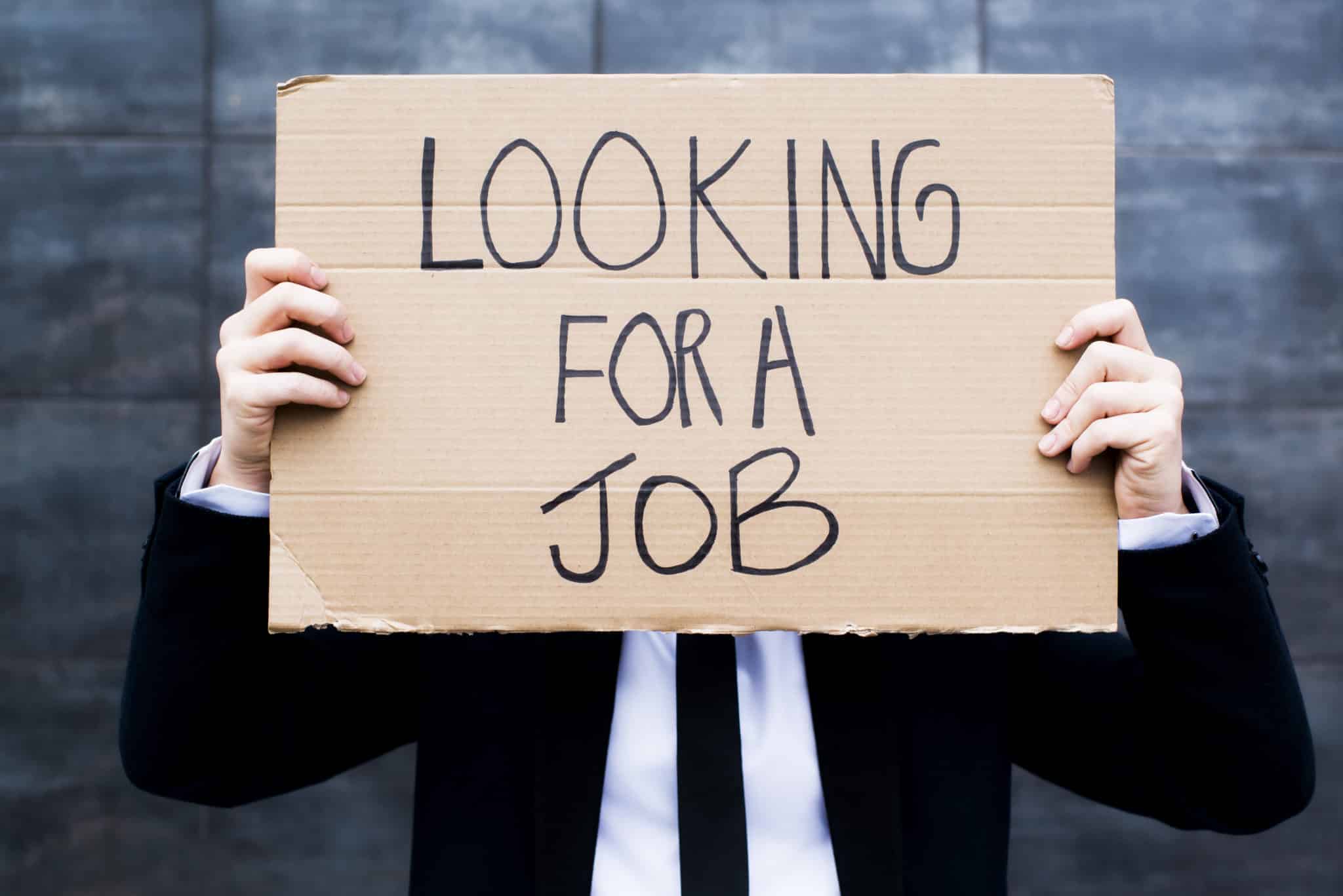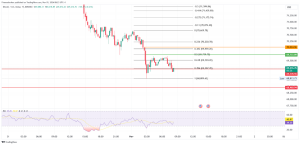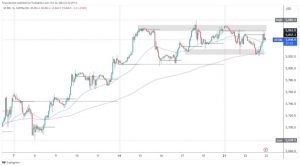
Rising Number of New Coronavirus Cases Suspected To Be Slowing Down Employment Recovery
A drop in employment levels during the past week in different states might be as a direct result of the rising number of new confirmed coronavirus cases, Homebase data indicates.
In the third week of June between 15th and 19th, the recorded number of working employees was higher than that recorded on June 24, indicating a drop in recovery, in one week.
Homebase, which offers scheduling services for numerous small and medium-sized businesses said that over the past few weeks, employment in several areas has declined.
“The spread of coronavirus (COVID-19) is having a devastating impact on small businesses and hourly workers whose hours, shifts and operations are coming to a full stop,” said the official blog.
In cities like Los Angeles, Houston and Phoenix, where the highest number of new cases has been recorded, employment recovery has significantly slowed down, according to secondary data sources, tracking hourly employees.
All States Are Feeling the Effects; Stand To Lose Billions in Daily Wages
The data further shows that hourly working hours for many employees working in small businesses had already dropped by a whopping 21% a week before the first announcement of countrywide lockdown across the country.
The figure deteriorated a week into the lockdown when the rate dropped even further during the first week of lockdown to 62%, 55-65% in the second week, and up to 68% fewer hours during the weekend.
“There were also significant declines in employee attendance at work in the days ahead of forced closures. The number of employees going to work dropped 18 percent on Monday, March 16, which was ahead of the many forced closures taking effect on Tuesday. “The report stated.
Despite the impressive spike in the employment rate in May, which saw the U.S. economy add 2.5 million jobs in the market and dropping the employment rate to 13.3% from 14.7%, Homebase CEO, John Waldman warns that states will collectively lose billions.
“We’re now at a point of losing at least $2 billion in wages a day. We estimate that the total impact of lost wages in the U.S. to be over $26 billion since he forced closures began on March 17.” Said Waldmann.
Homebase Data Represents Only Represents a Section of the U.S. Economy
Homebase data gave a most accurate account of the employment recovery rate, which showed a steady rise between May 15 and the first week of June, according to a senior economist from St Louis Fed, Maximiliano Dvorkin.
Dvorkin stated that while the data was accurate, it still represents a limited data set, meaning it would be impractical to draw “big conclusions” from it.
“The sample is not representative of the whole U.S. economy, but at the same time I would say it’s an advantage because you do want to get a good sense of how fast those industries that were most affected are recovering.” Said Dvorkin.
The job report released on June 5 by the Bureau of Labor and Statistics indicated that in May, total employment from household surveys increased by 3.8 million to reach 137.2 million.
“After an 8.7 percentage-point decline in April, the employment-population ratio rose by 1.5 percentage points to 52.8 percent in May.” The report stated.
Meanwhile, in the third week of June, 1.48 million people claimed unemployment benefits, a slightly higher number than Wall Street’s official estimate of 1.35 million. However, 767,000 people discontinued their unemployment benefits claims, which reduced the number to 19.52 million, the first figure below 20 million in two months.
According to PNC Financial’s Chief economist, Gus Faucher, both the initial and continuing claims indicate a “gradual improvement” in the U.S. labour market.
“Falling initial claims signal that the pace of layoffs is slowing, but it is still extremely high.” Added Faucher.
U.S. Economic Recession
In the second week of June, the World Health Organization warned that reopening early with significant new cases puts the community at high risk of igniting a second wave of coronavirus.
Currently, California recorded the highest claims at 19%, followed by Pennsylvania at 14%. A month ahead of the lockdown, the U.S. economy had entered a recession, with GDP contracting by 5% in the first quarter.
The National Bureau of Economic Research confirmed the dire economic news with a June 8 report that declared February 2020 as the “month of the peak”.
“The committee has determined that a peak in monthly economic activity occurred in the U.S. economy in February 2020. The peak marks the end of the expansion that began in June 2009 and the beginning of a recession.” The report stated.
Meanwhile, a recent comprehensive study of the weekly global economic outlook in 2020 by Deloitte indicated that prior to the Coronavirus pandemic, the global economy was also undergoing “structural changes”. Such trends include ageing labour force, digital adoption, and changes in consumer behaviour.


